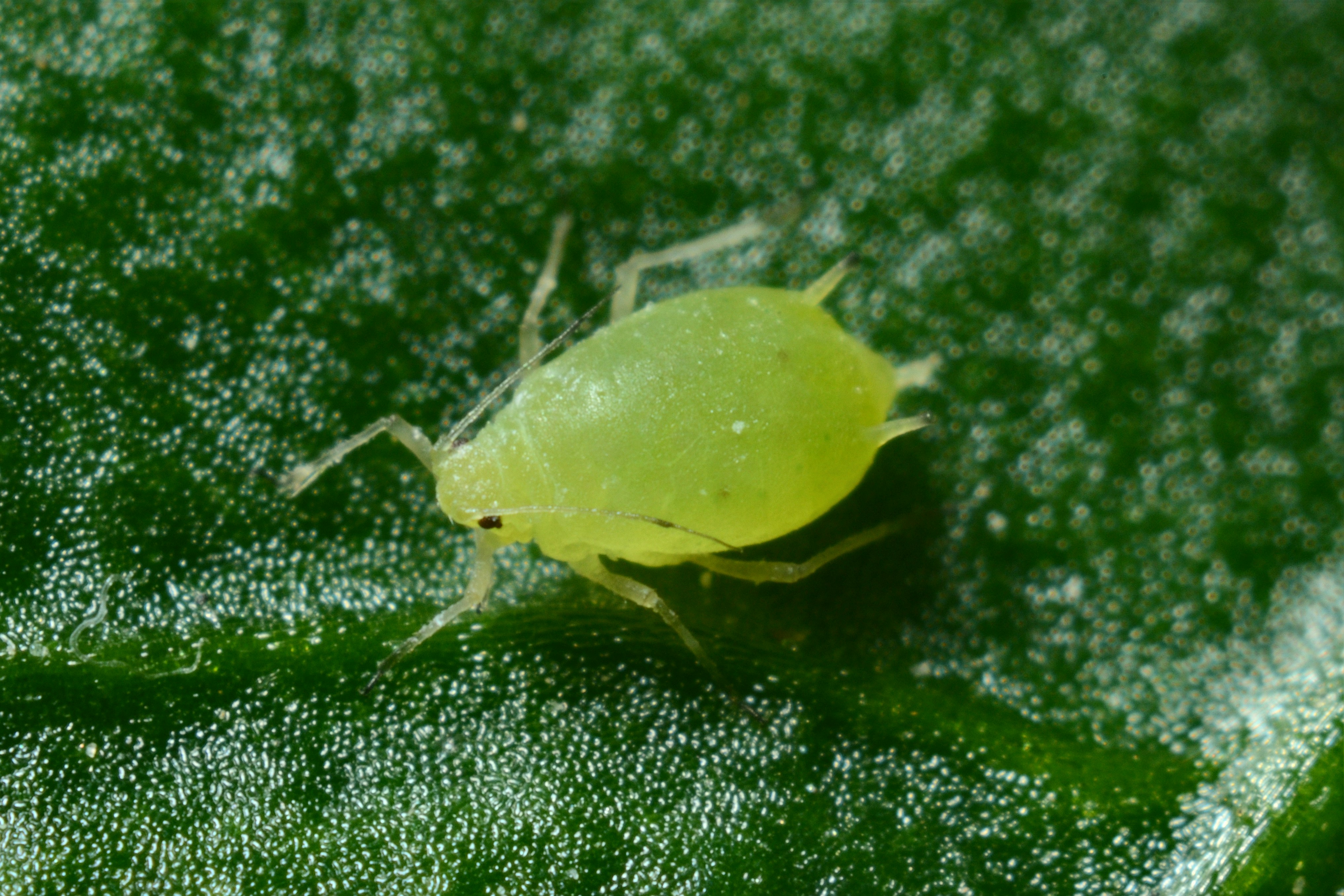
Aphids
StickyCurled tipsAnts nearby
- Blast with water; repeat after 2–3 days (undersides).
- Mild soapy water wipe (rinse next day on edibles).
- Attract ladybirds with dill, fennel, calendula.
Quick ID cards with simple fixes you can try the same day — safe for edibles and containers.

StickyCurled tipsAnts nearby
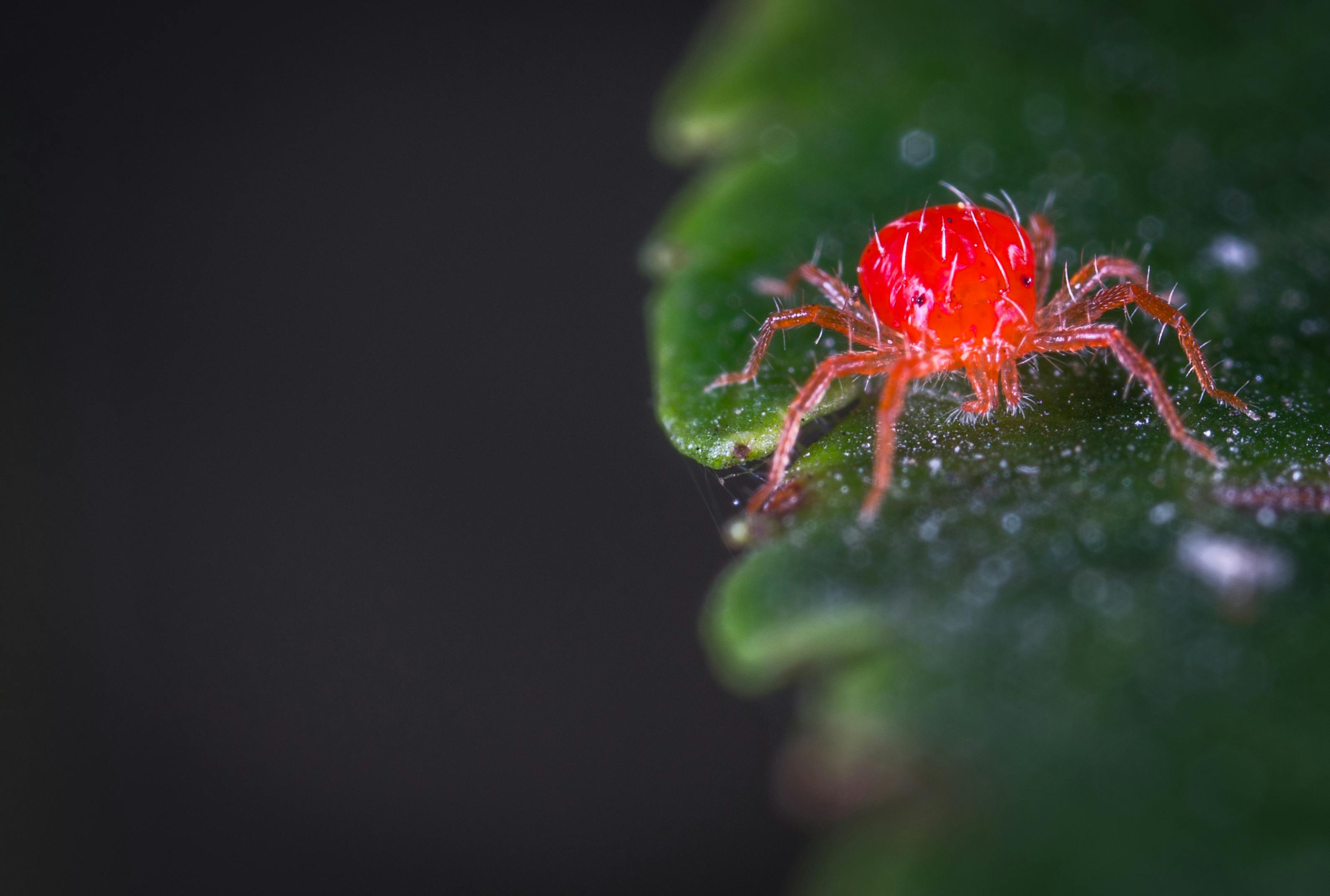
Fine webSpeckled leavesDry air
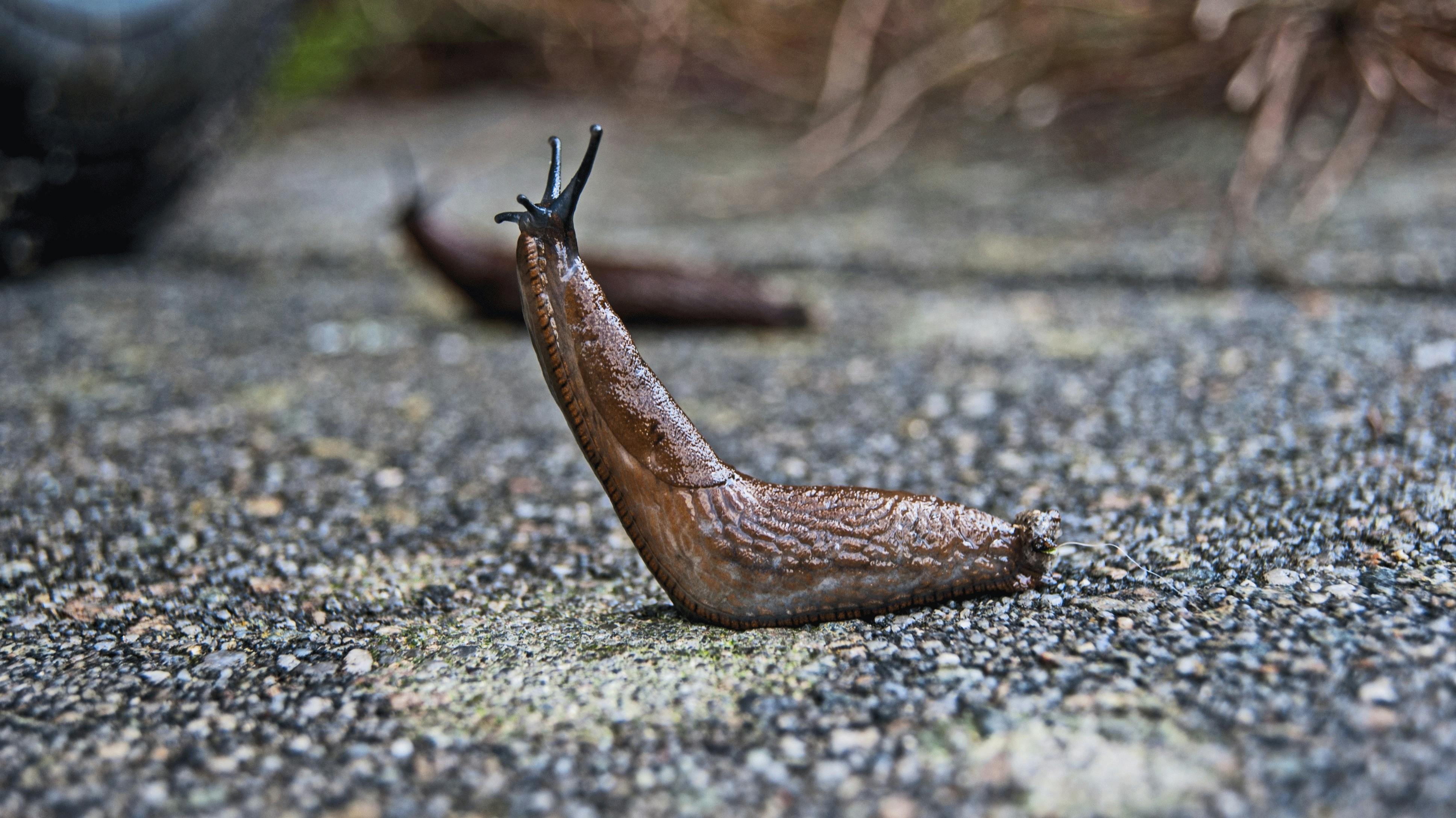
Big holesSilvery trails
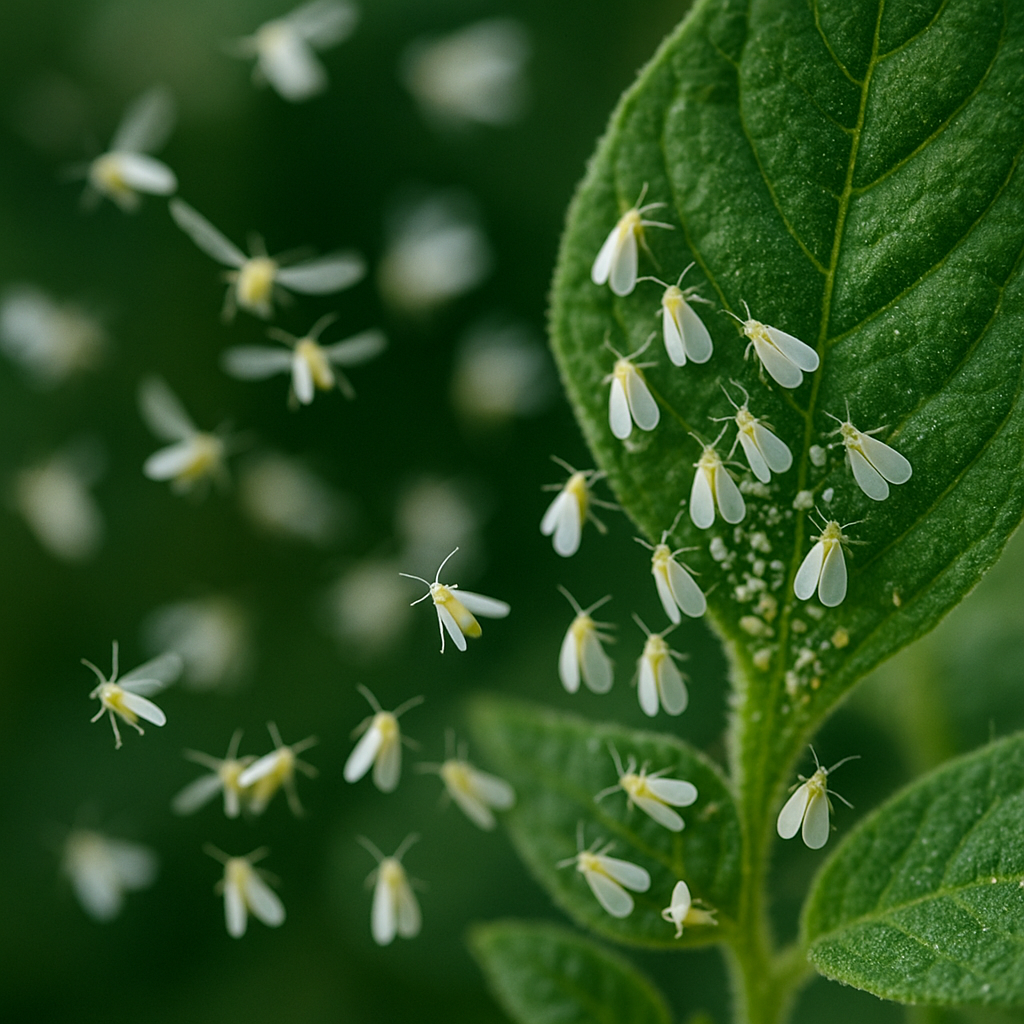
Little white cloudSticky leaves
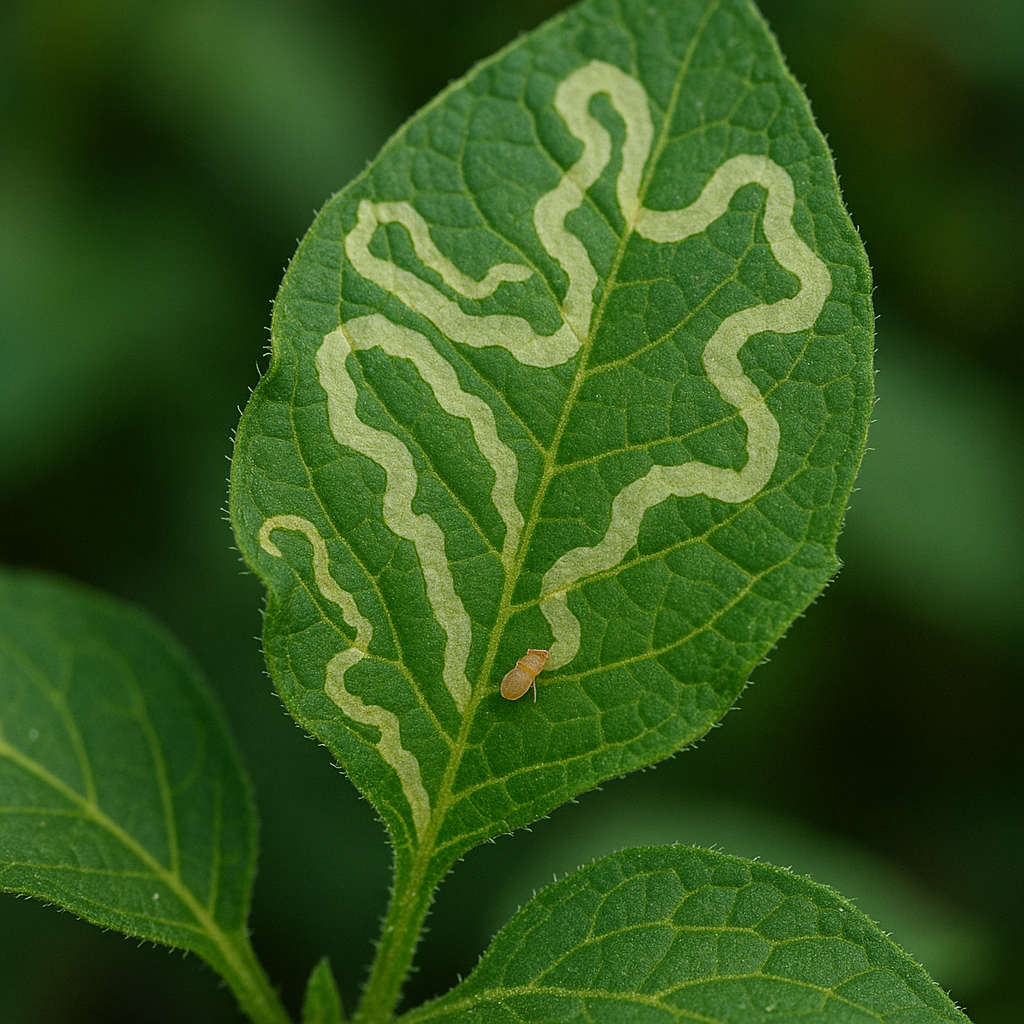
Snake trailsThin tunnels

Brown patchesBlackened stemsRapid collapse
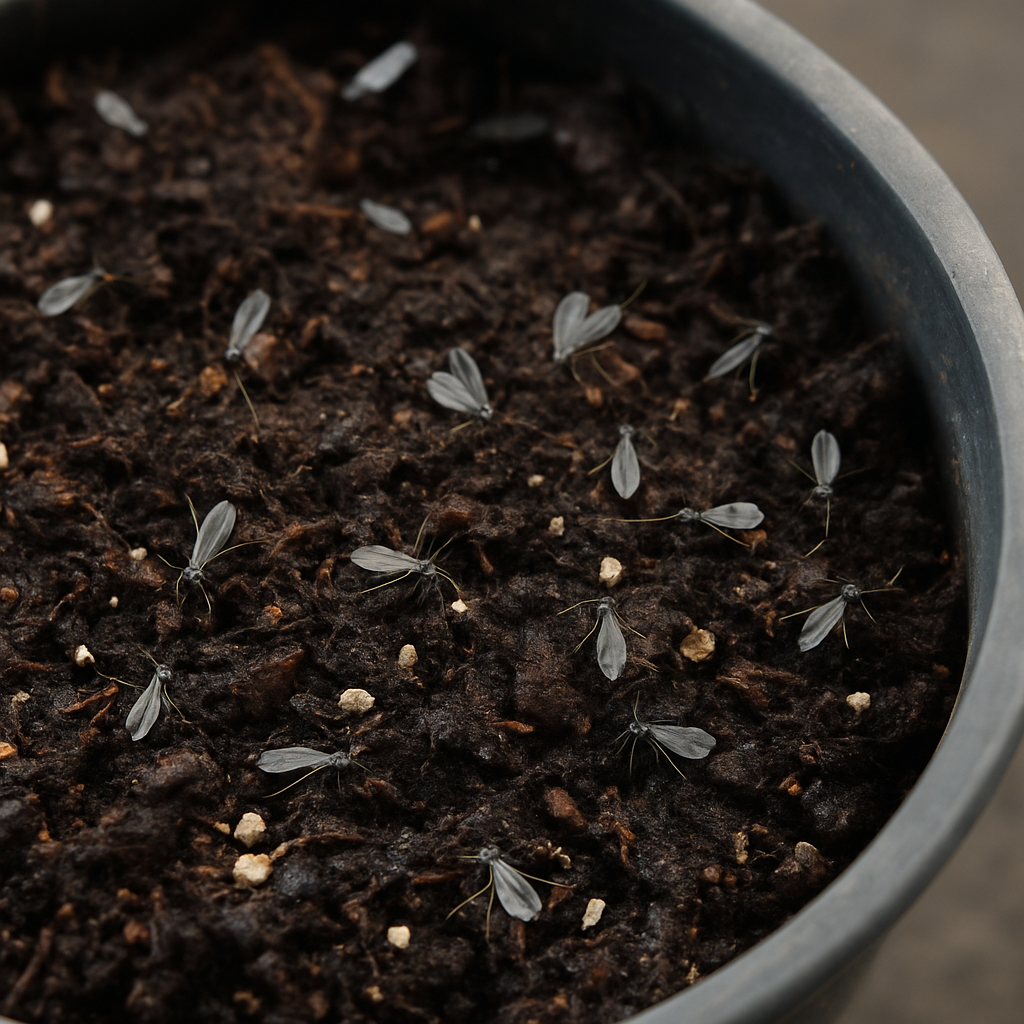
Tiny fliesOn wet compost
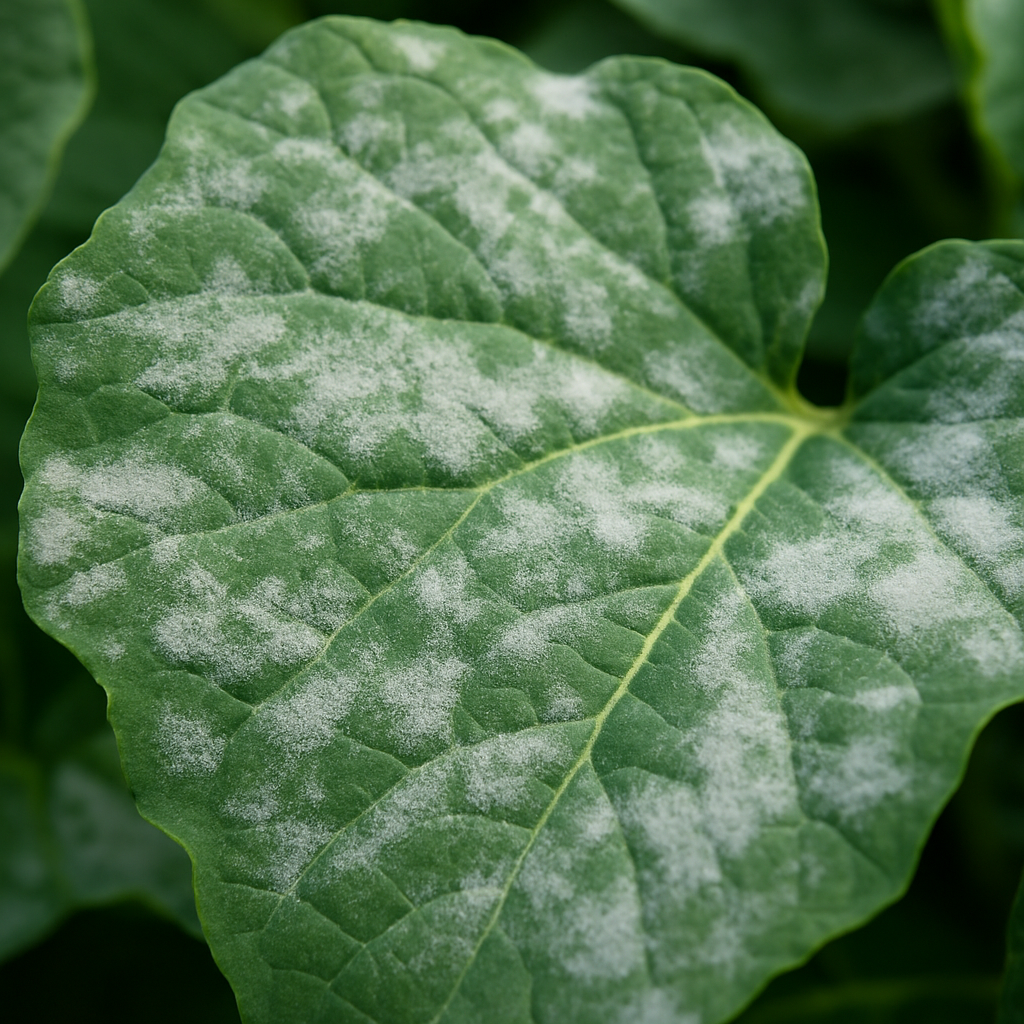
White powderDry still air

Notches on leavesRoot-eating grubs
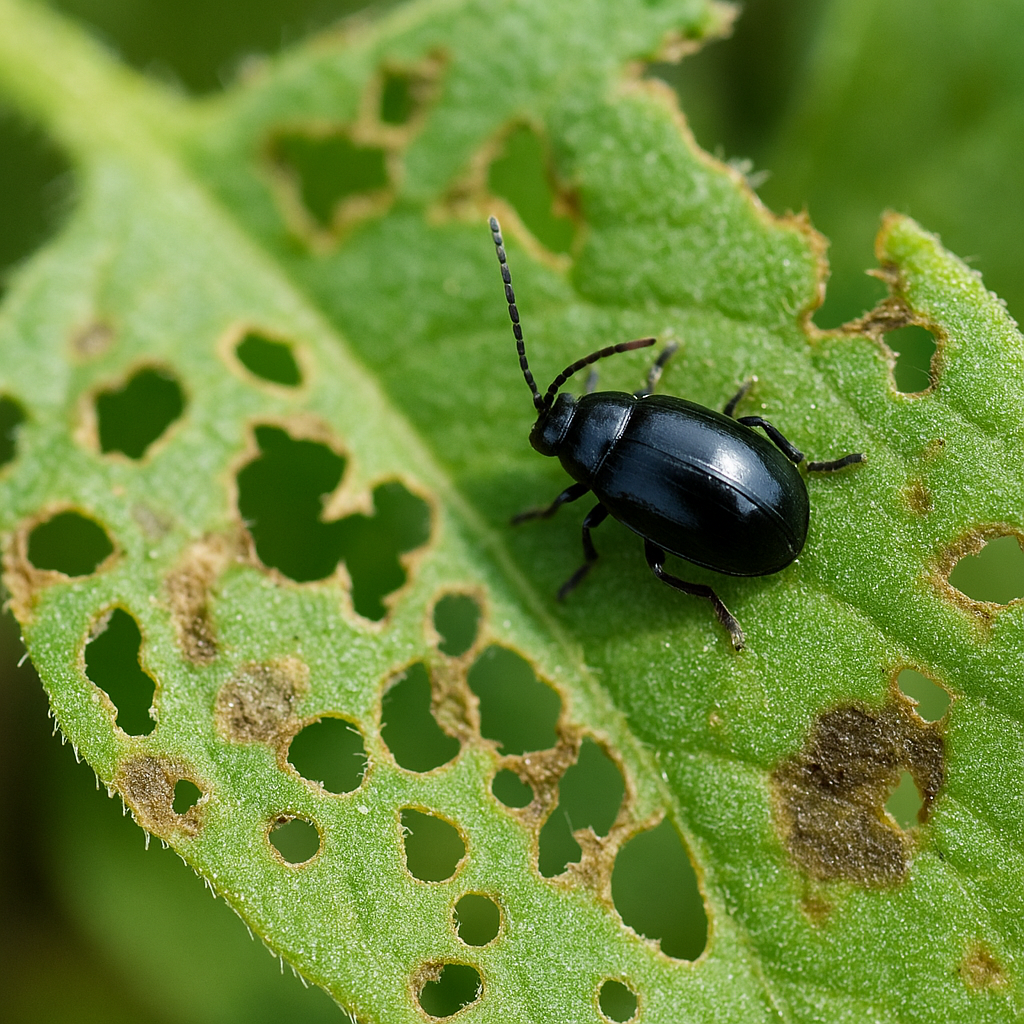
Tiny shot holesJumps when disturbed
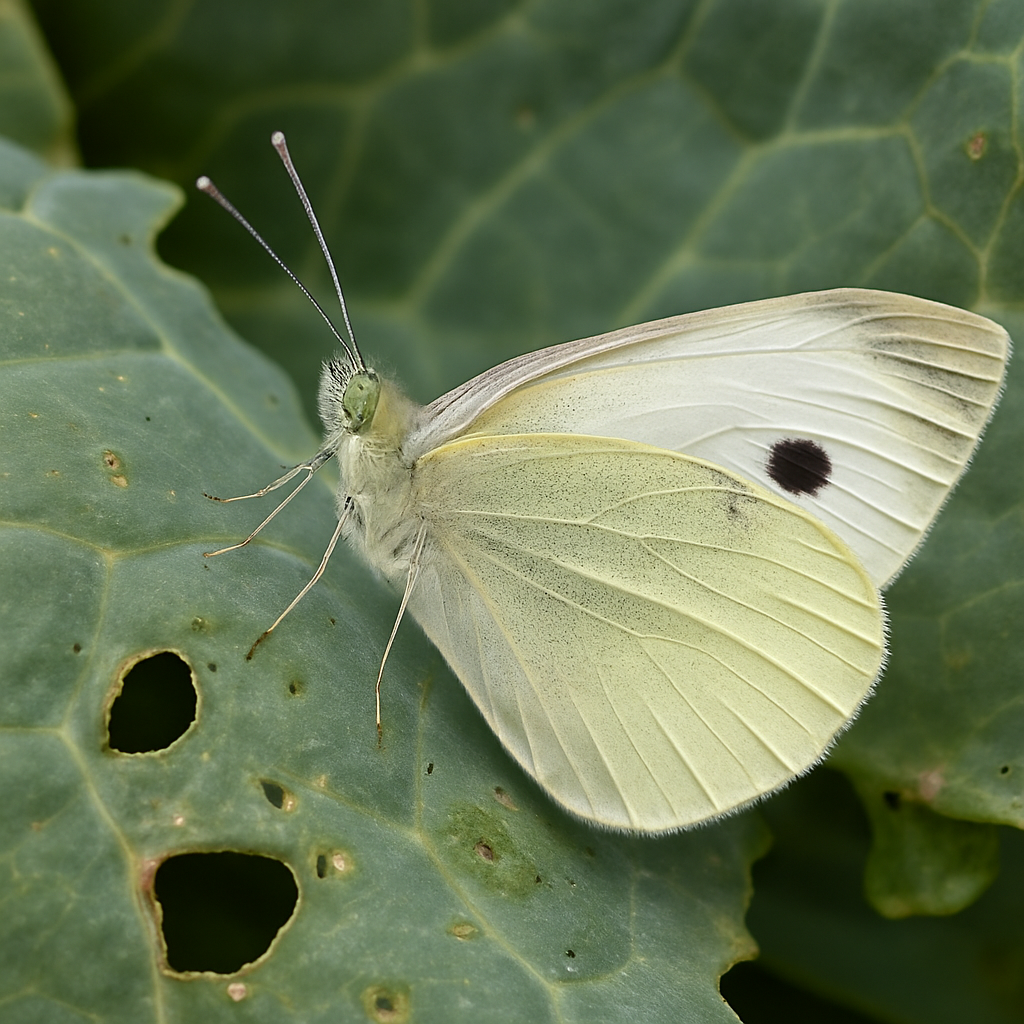
Butterflies hoveringGreen caterpillars
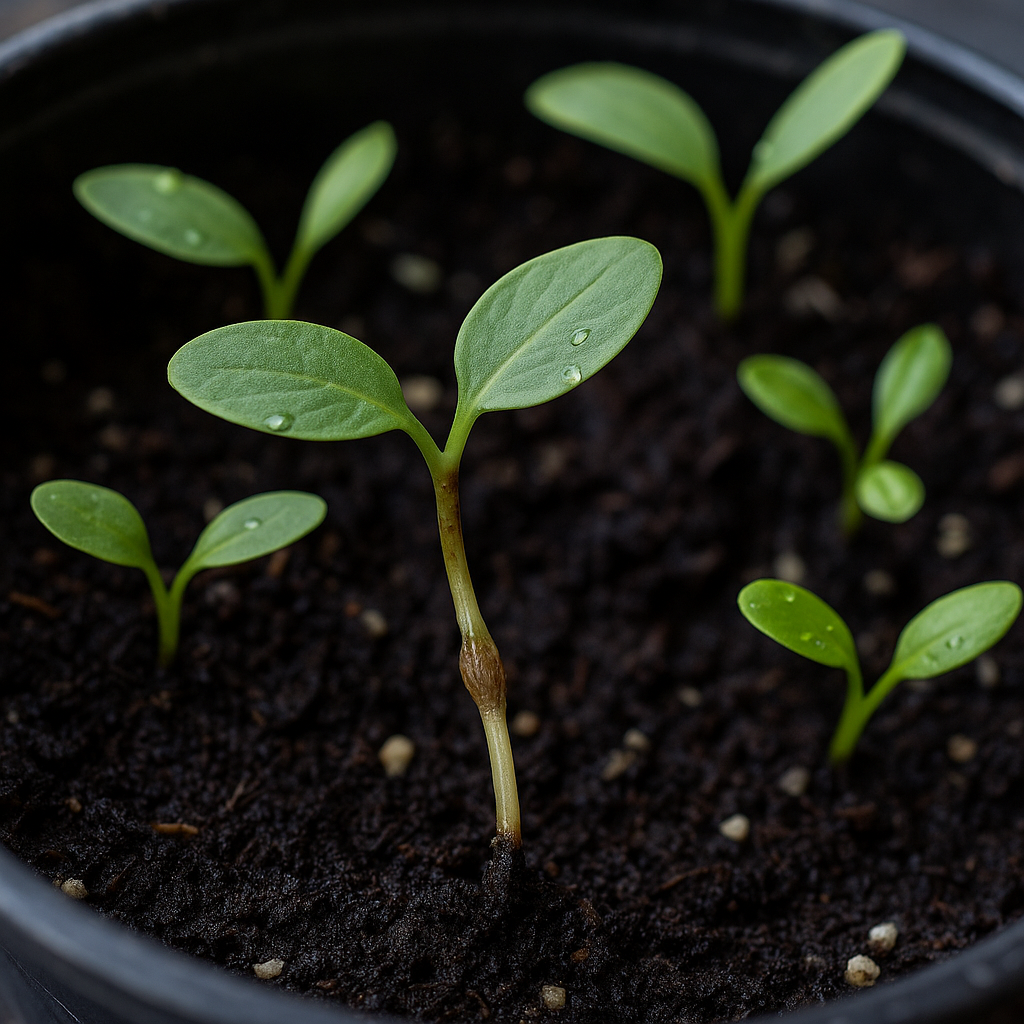
Seedlings collapseBrown stem at soil
Biological controls like nematodes are often misunderstood. Here’s the quick guide:
Summary: nematodes are a natural, targeted way to control pests in pots and beds without harming pollinators or pets.
Use food-safe methods first for edibles. Repeat gentle controls rather than one harsh hit.